Fonthill Media Limited
Fonthill Media LLC
www.fonthillmedia.com
First published in 2013
British Library Cataloguing in Publication Data:
A catalogue record for this book is available from the British Library
Copyright Aaron Elson, 2013
ISBN 978-1-78155-091-5 (PRINT)
ISBN 978-1-78155-377-0 (e-BOOK)
All rights reserved. No part of this publication may be reproduced, stored in a retrieval system or transmitted in any form or by any means, electronic, mechanical, photocopying, recording or otherwise, without prior permission in writing from Fonthill Media Limited
Typeset in Sabon 10.25/14pt
Printed and bound in England
Connect with us
 facebook.com/fonthillmedia facebook.com/fonthillmedia |  twitter.com/fonthillmedia twitter.com/fonthillmedia |
Contents
About the Author
In 1987, Aaron Elson attended a reunion of the tank battalion with which his father served in the Second World War. He was so moved by the stories the veterans shared among themselves, yet often did not tell to their families, that he returned two reunions later with a tape recorder. He has been recording the stories of Americas Second World War veterans ever since. Elson has written five books of oral history and his work has been used as source material in more than two dozen books and several documentaries. These include The Color of War and Patton 360, both of which appeared on the History Channel. When he is not interviewing Second World War veterans, he works as a copy and layout editor at the New Britain Herald and Bristol Press and lives in New Britain, Connecticut, US.
Acknowledgments
This book would not have been possible without the encouragement of some of the best storytellers on earth, the veterans of the 712th Tank Battalion. I only wish that more of them were still around to receive some of the acclaim they so richly deserve. Thanks especially to Paul and Annie Wannemacher and Louis Gruntz Jr whose father was a veteran of B Company. My editor, Susan English, has kept my prose from wandering too far astray ever since I began collecting the stories of Americas Second World War veterans. Thanks also to the folks, or should I say blokes, at Fonthill Media, Jay Slater, Alan Sutton, David Wightman and Julie for her input on the title. And to Mike Schroeder and my new city of New Britain, Connecticut, for providing me with the kind of supportive environment that made it possible for me to complete this work.
Introduction
The 90th Texas-Oklahoma Infantry Division landed on Utah Beach on 6-8 June 1944. Although its symbol was a T connected to an O and its nickname was the Tough Ombres, the division did not fare well in the bitter hedgerow fighting of its first month in combat.
The 712th Tank Battalion landed in Normandy on 28-29 June 1944. An independent battalion, its three line companies, one company of light tanks and assault gun platoon, were initially divided between the 90th and the 82nd Airborne Division. On 3 July, its first day in combat, the battalion lost nearly half of its sixty-seven tanks, either knocked out, tipped over, bogged down or with mechanical trouble. July saw the 90th Division suffer such heavy casualties in two battles, known as the Foret de Mont Castre and Seves Island, that, according to the late John Colby in War From the Ground Up, it was in danger of becoming a lost division with its remaining troops assigned as replacements. After a brief stint with the 8th Infantry Division, the tanks of the 712th were assigned almost exclusively to the 90th, but at first the battle-hardened veterans wanted little to do with tanks as they drew fire from the enemy.
And then something happened. It might have been on Hill 122, the high point of the week-long fight for Mont Castre when on 10 July, a platoon of 712th tanks rescued a battalion of infantry that was surrounded by elite German paratroopers. It might have been because squads of infantry discovered that tanks came in handy when they were pinned down by machine gun fire. Whatever it was, the tankers and infantrymen began working together as a team. Although it would suffer the third highest rate of casualties in the European theatre of operations, the 90th Division, with its attached 712th Tank Battalion and 773rd Tank Destroyer Battalion, gained the respect of an enemy it fought from Normandy to Czechoslovakia, through Northern France, the Battle of the Bulge, the Siegfried Line and the heart of Germany. Shortly before the end of the war in Europe, the 11th Panzer Division asked if it could surrender to the 90th Armored Division.
The Armored Fist: The 712th Tank Battalionin the Second World War is not so much about the 90th Division. There are many great books about the division and Colbys War From the Ground Up is considered by collectors to be among the finest unit histories ever written. You can find the titles of many individual memoirs, some of them posted in their entirety, at the official 90th Division website. This is a book about the 712th Tank Battalion, the unit with which my father served. It is not a comprehensive history of the battalion, nor is it a big picture book. But I got to know and understand my father a lot better after he passed away by meeting the men he served with even though most of them did not know him than I did when he was alive. The experiences these veterans shared the fear, courage, hunger, camaraderie, anger, reactions to mans inhumanity to man are deeply individual and at the same time universal.
Preface Joe Blow from Breeze
In 1938, Dale Albee, a skinny nineteen-year-old kid from Independence, Oregon, tried to join the Navy, but failed to pass the eye test. He therefore memorised the eye chart. The next day, he joined the Army. E-FP-TOZ, even the big E was fuzzy, Albee, who became a sergeant in the horse cavalry and received two Purple Hearts and a battlefield commission with the 712th Tank Battalion, recalled decades later.
In 1942, Ed Forrest, a thirty-two-year-old rail-thin graduate of Clark University in Worcester, Massachusetts, applied for officers candidate school, but was rejected as he was colour blind. He returned to Stockbridge, Massachusetts, where he lived in the parish house of St Pauls Episcopal Church and had his friend Dave Braman help him memorise the test. He passed on the second attempt.
Clifford Merrill enlisted in the Army in 1936 to get away from an abusive father and the abject poverty in which his large family lived in Springfield, Maine. Army pay was not much, but he managed to send his mother enough money to buy a washing machine. Merrill graduated with the first armored officers candidate class at Fort Knox, Kentucky, where Col Tom Chamberlain, who later would be his commanding officer in the 10th Armored Division, was a member of the staff. I got caught shooting crap one night, Merrill said when interviewed in 1992. We were making a lot of noise in the wooden barracks and the officer of the day made a big deal out of it. In the morning I had to report to the day room. There was a Colonel Calais, his left hand had three fingers cut off from a tank. He had his hand on the edge of the turret when the tank hit a tree and the hatch cover came down. He still had his thumb and his index finger and when he talked to you he would point with the one finger. I had to report to three of them Chamberlain, Calais and Colonel Morrill. Chamberlain was the first one to talk.

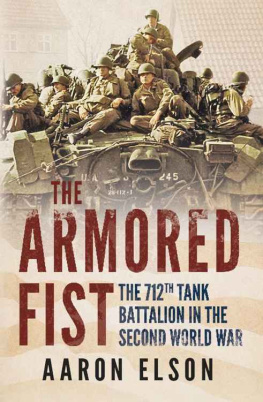

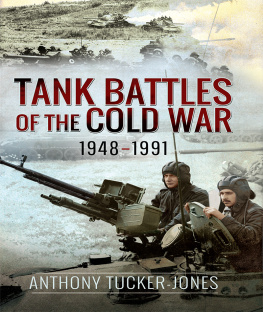
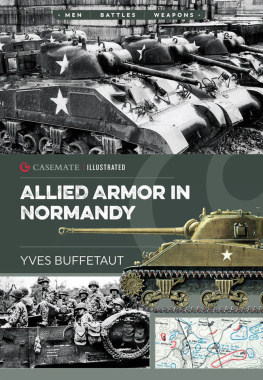
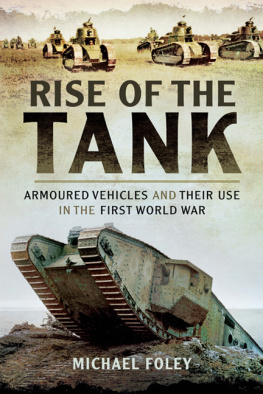


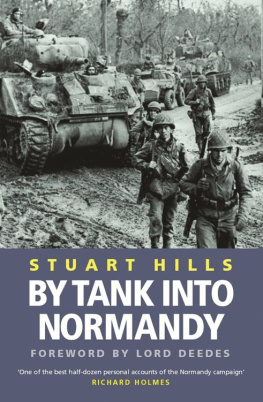
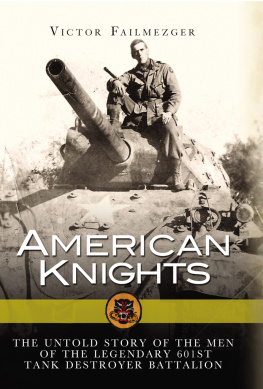


 facebook.com/fonthillmedia
facebook.com/fonthillmedia twitter.com/fonthillmedia
twitter.com/fonthillmedia